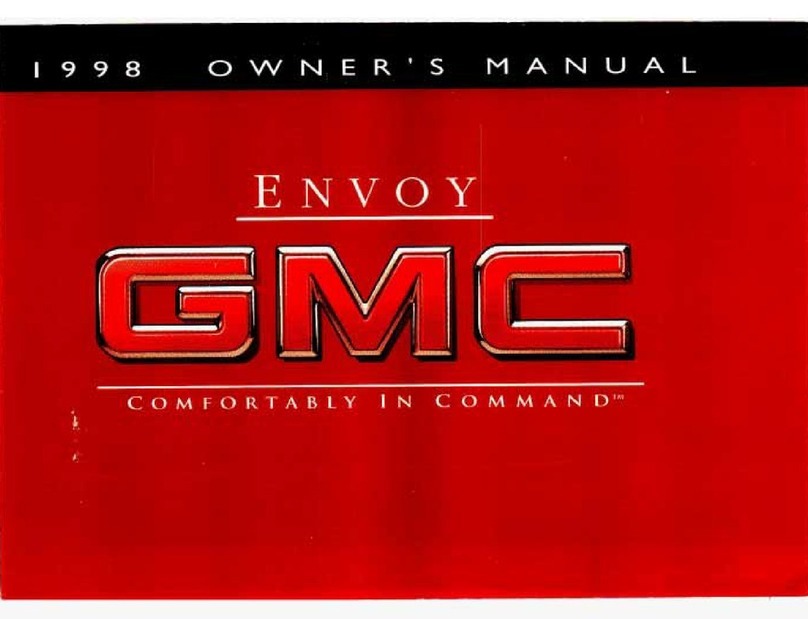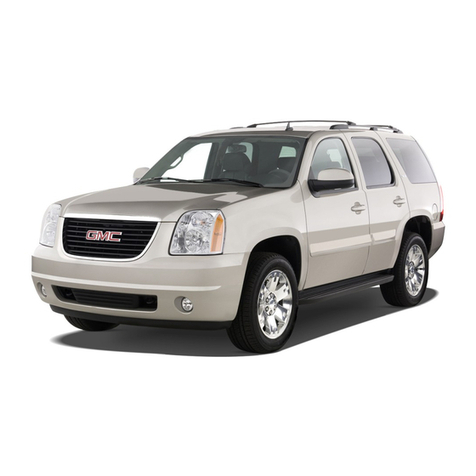GMC T-Series 1999 User manual
Other GMC Automobile manuals
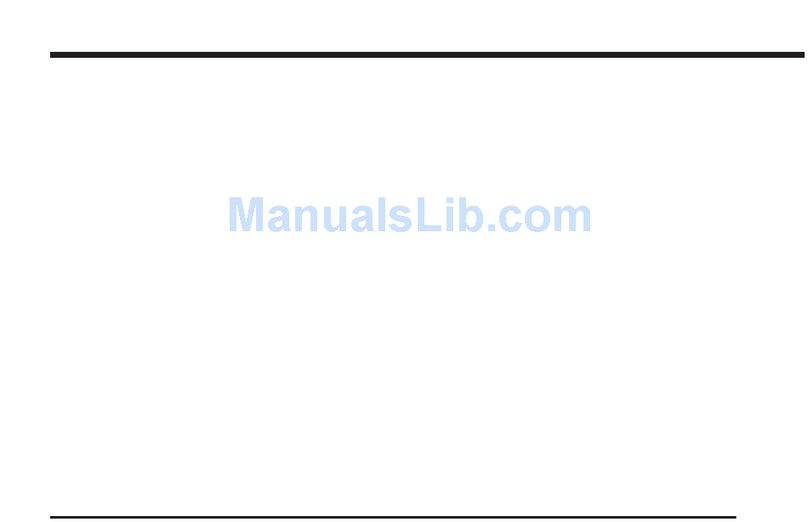
GMC
GMC T-Series 2007 User manual

GMC
GMC CHEVROLET Silverado 6500HD 2019 User manual

GMC
GMC 1994 Safari User manual
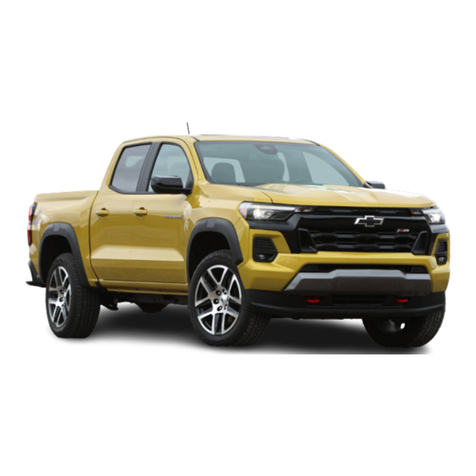
GMC
GMC Chevy Colorado 2023 User manual

GMC
GMC Sierra 2500 HD2022 User manual
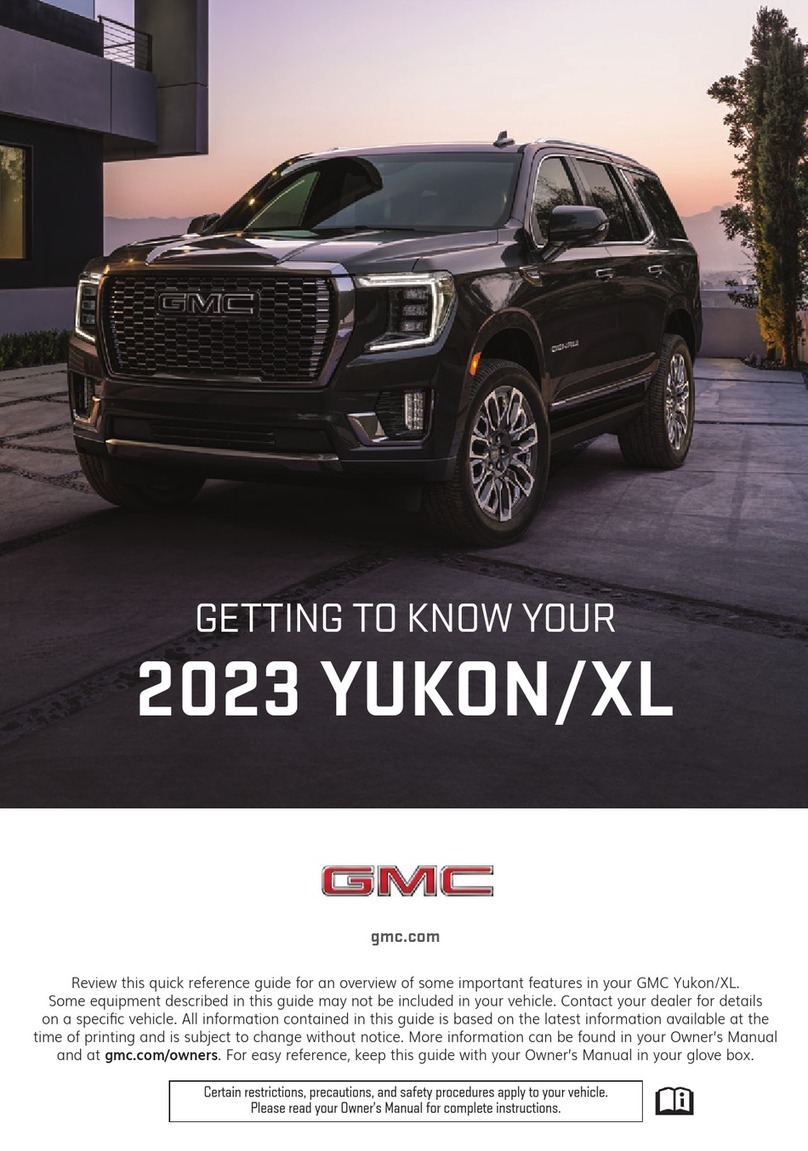
GMC
GMC YUKON/XL 2023 Assembly instructions

GMC
GMC Sierra Denali Classic 2007 User manual

GMC
GMC Terrain 2017 User manual

GMC
GMC 2013 Acadia/Acadia Denali User manual
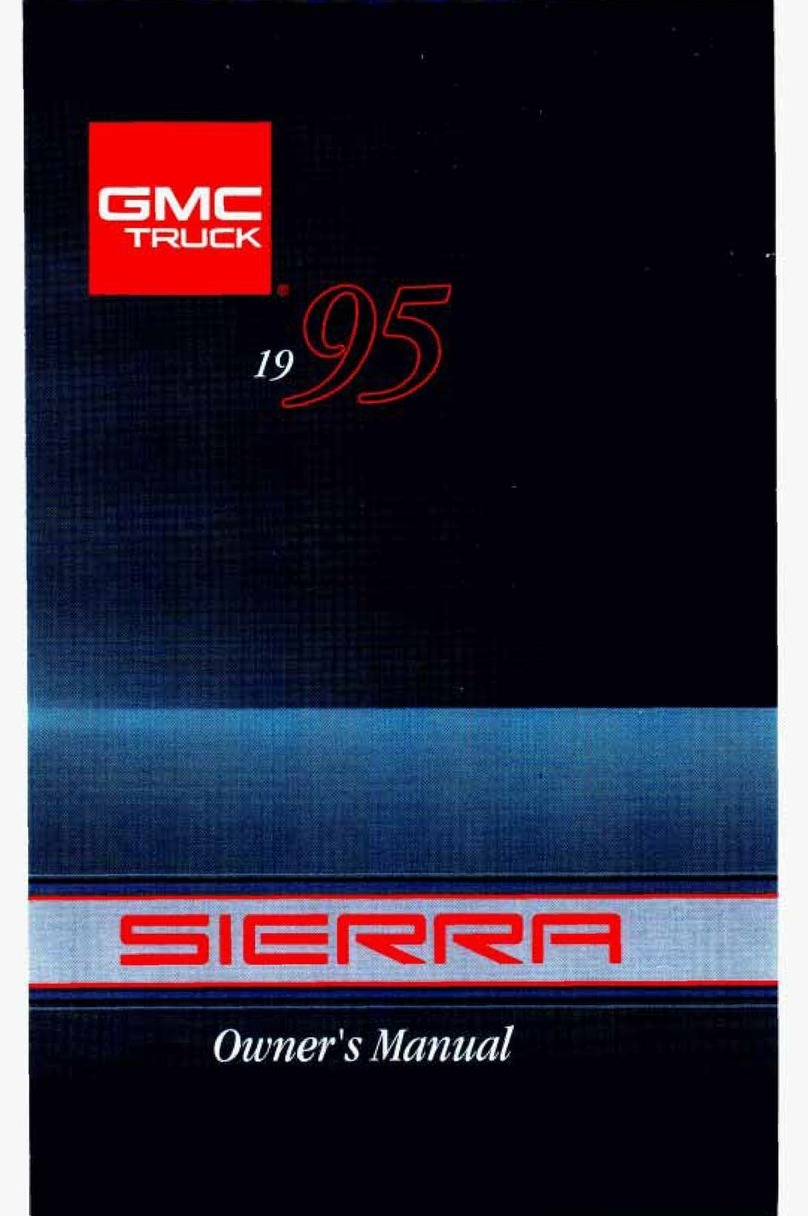
GMC
GMC SIERRA 1995 User manual
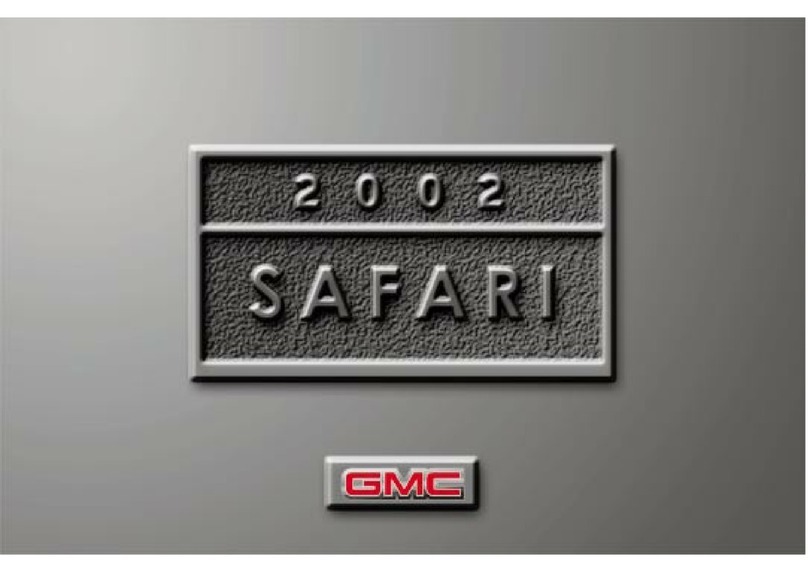
GMC
GMC 2002 Safari User manual
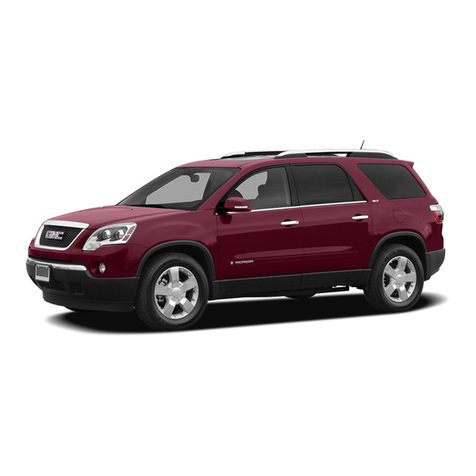
GMC
GMC 2008 Acadia Assembly instructions
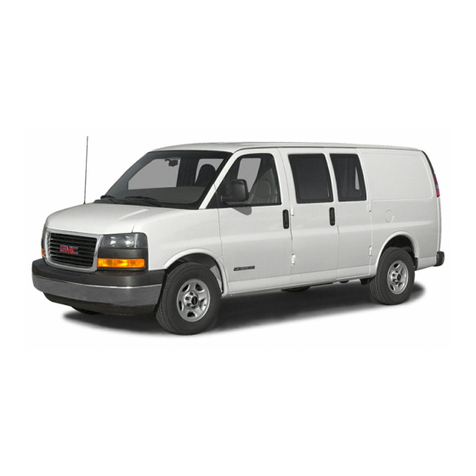
GMC
GMC 2005 Savana Assembly instructions
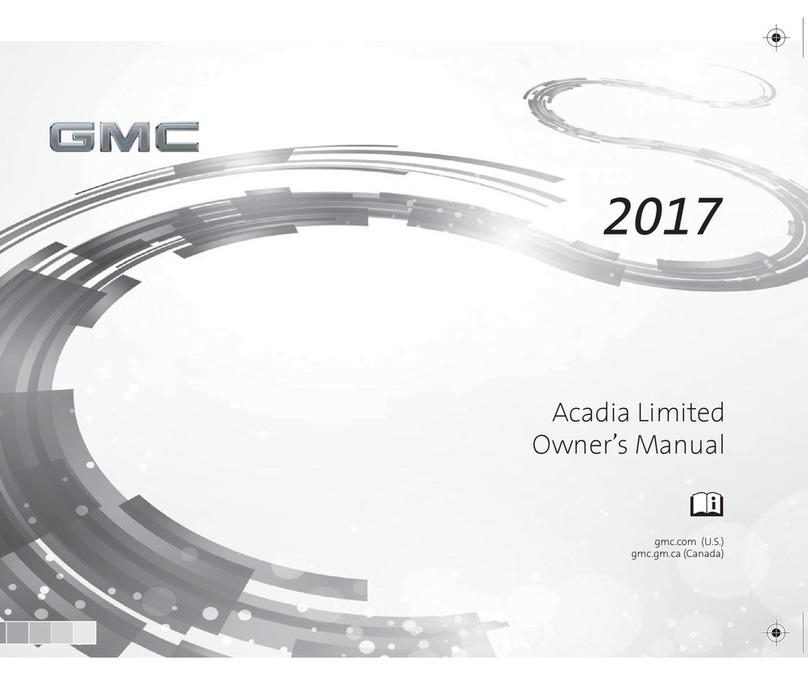
GMC
GMC Acadia Limited 7007 User manual

GMC
GMC 2013 Terrain User manual

GMC
GMC 2013 Acadia User manual
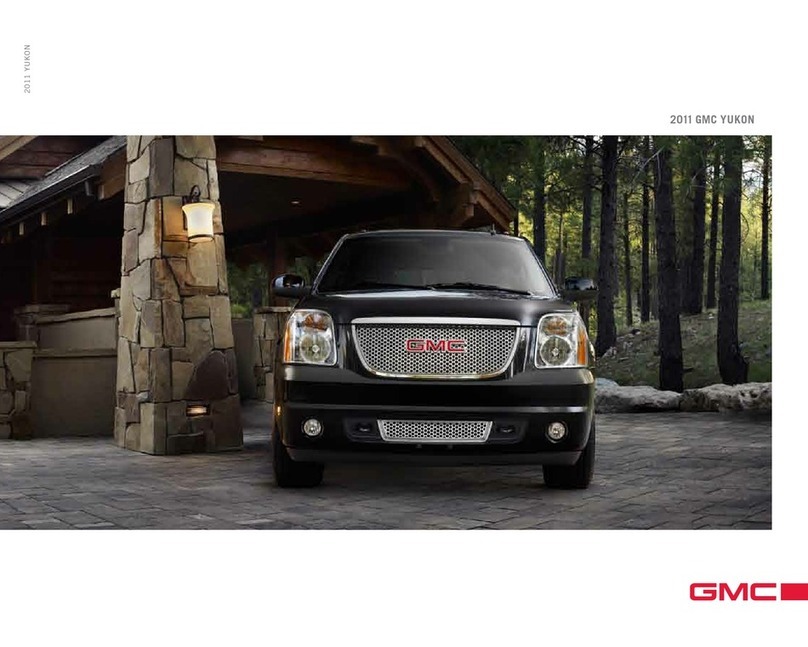
GMC
GMC YUKON - BROCHURE 2011 User manual
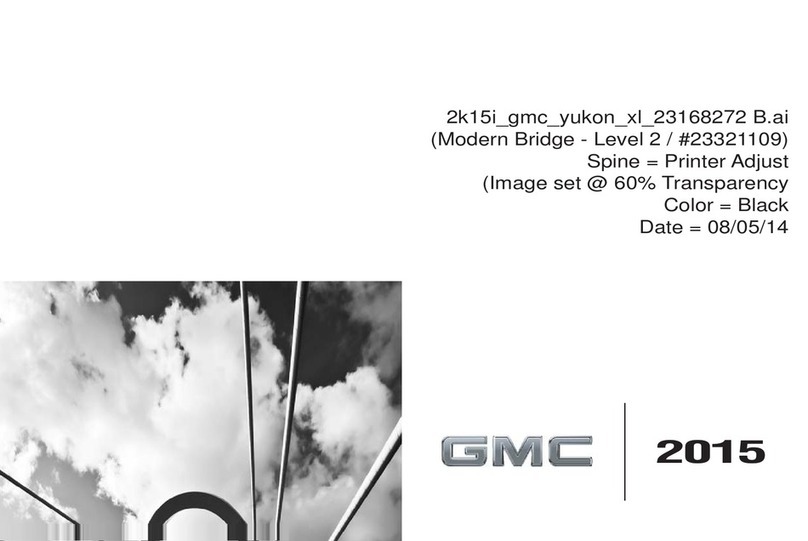
GMC
GMC Yukon XL 2015 User manual
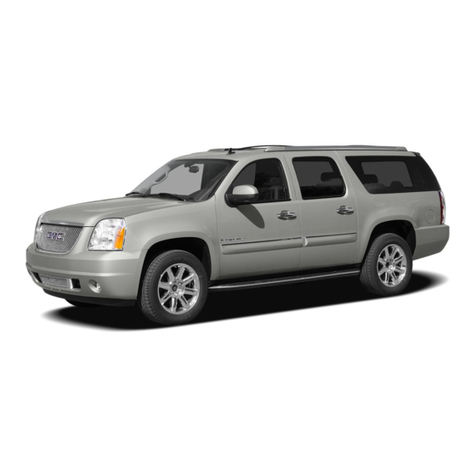
GMC
GMC 2007 Yukon XL User manual

GMC
GMC Canyon 2016 Assembly instructions
